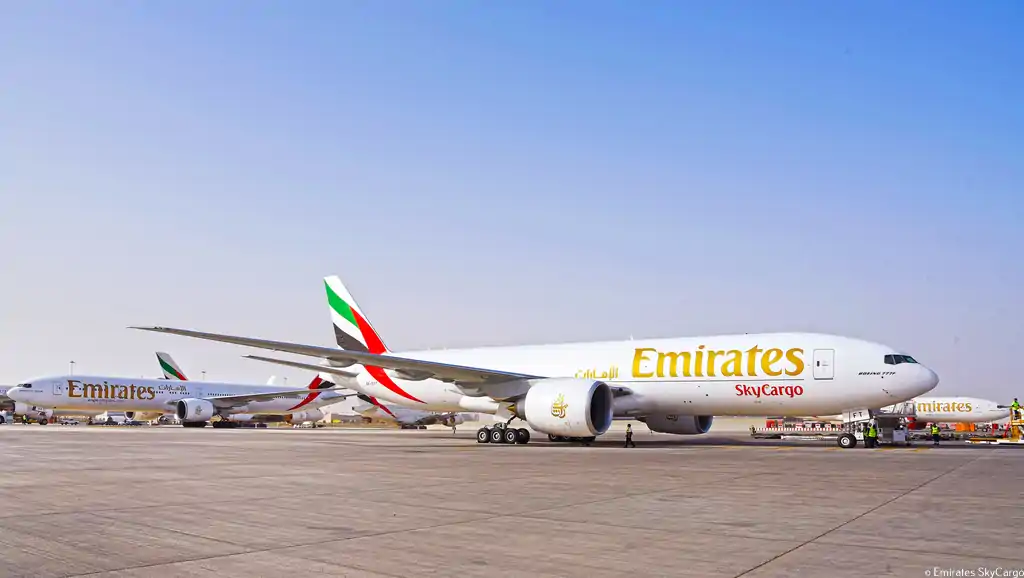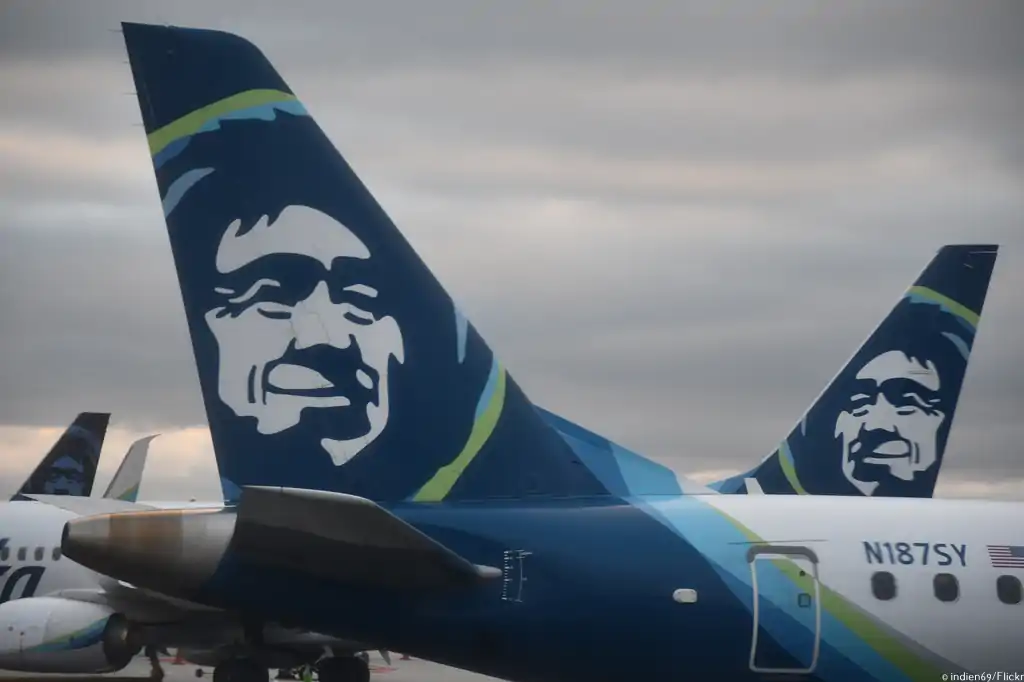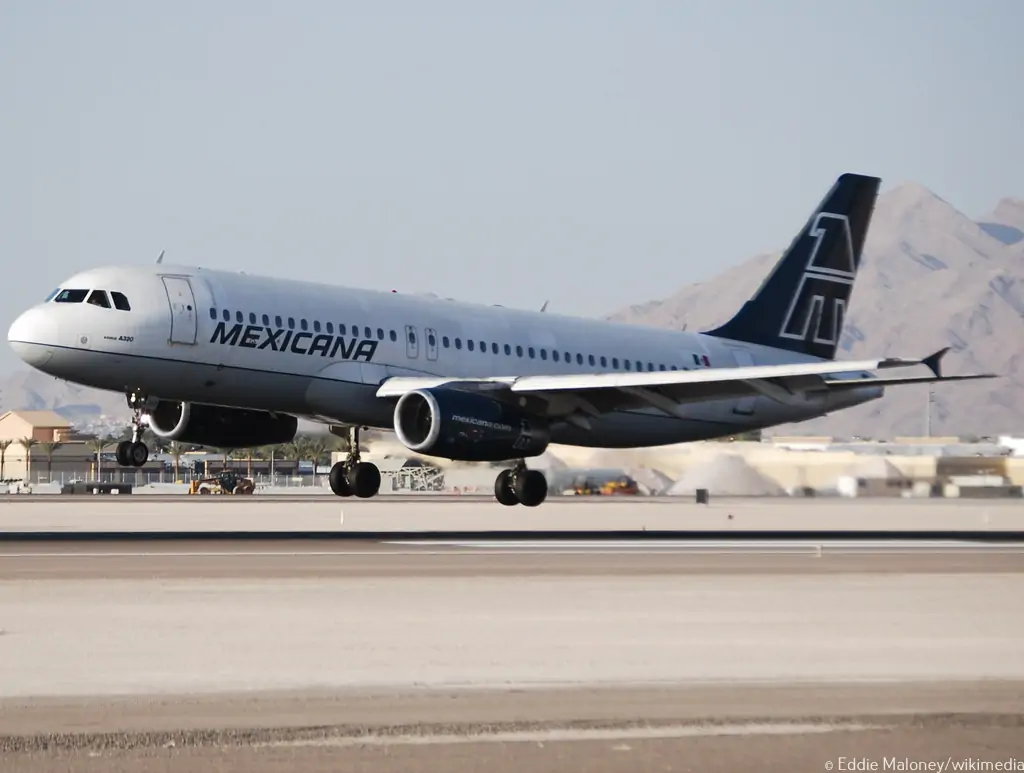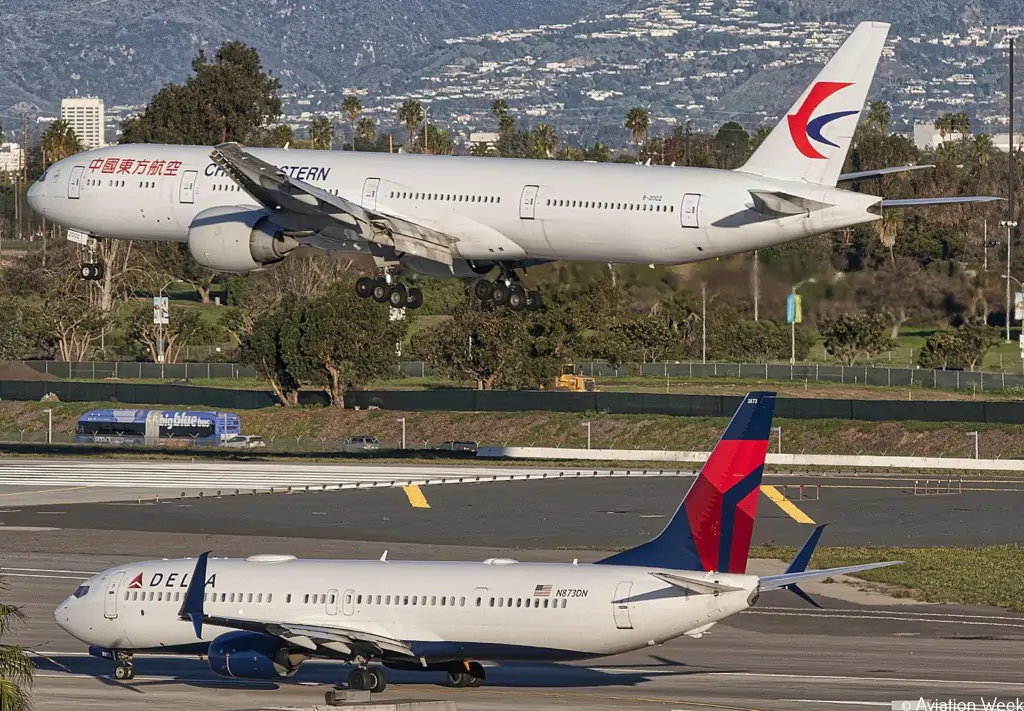In a bid to merge, Alaska Airlines and Hawaiian Airlines find themselves navigating through the regulatory maze set by the Department of Justice (DOJ). The agreement reached with the DOJ entails a meticulous process, ensuring compliance with antitrust regulations. As the airlines embark on this journey, the question arises: can their merger withstand the scrutiny of antitrust authorities?
The Merger Agreement & DOJ's Role
Alaska Airlines and Hawaiian Airlines have announced their intention to merge, a move aimed at consolidating their positions in the competitive airline industry. However, the merger is not a simple matter of corporate paperwork. It involves intense scrutiny from regulatory bodies, particularly the Department of Justice, to ensure compliance with antitrust laws.
The Department of Justice plays a pivotal role in evaluating mergers to prevent monopolistic practices that could harm competition and consumers. In this case, Alaska Airlines and Hawaiian Airlines have entered into an agreement with the DOJ, outlining the terms and conditions for proceeding with the merger.
Timing Agreement Details & Antitrust Scrutiny
Central to the agreement is the timing clause, which stipulates that the airlines must refrain from consummating their merger until 90 days after both parties have certified substantial compliance with a second request for antitrust-related information. This provision reflects the DOJ's commitment to thoroughly review the merger's potential impact on competition before granting approval.
Antitrust scrutiny is a rigorous process that involves assessing the merger's potential effects on market competition. The DOJ examines various factors, including market concentration, pricing dynamics, and potential barriers to entry for new competitors. Any concerns raised during this review could prompt further investigation or even legal action to block the merger.
Challenges Ahead & Market Impact
Despite the airlines' optimism about the merger's benefits, challenges lie ahead in navigating the antitrust review process. Alaska Airlines and Hawaiian Airlines must demonstrate that their merger will not unduly restrict competition or harm consumers. This may require divesting certain assets or making other concessions to address antitrust concerns.
The outcome of the DOJ's review will have significant implications for the airline industry and consumers. A successful merger could create a stronger competitor capable of offering expanded routes and services. However, if the merger raises substantial antitrust concerns, it could be blocked or subject to stringent conditions that limit its impact on the market.
Conclusion
As Alaska Airlines and Hawaiian Airlines move forward with their merger plans, the scrutiny of antitrust authorities looms large. The timing agreement with the Department of Justice underscores the complexity of the regulatory process and the need to address any concerns about competition and consumer welfare. Ultimately, the fate of the merger will depend on whether it can withstand the rigorous antitrust scrutiny and emerge as a boon for both airlines and passengers alike.
With Inputs from Reuters
Read next
Mexicana Airlines, Mexico's state-run carrier, finds itself embroiled in a legal battle as a Texas-based company, SAT Aero Holdings, files a lawsuit alleging breaches of contract. The lawsuit, amounting to at least $841 million, highlights the challenges faced by the newly revived airline in its efforts to establish itself in the competitive aviation industry.
The Allegations & Impact on SAT Aero Holdings
SAT Aero Holdings filed a complaint in Manhattan federal court accusing Mexicana Airlines of multiple breaches of contract. The company asserts that Mexicana failed to fulfill its obligations from the outset, including non-payment of aircraft lease deposits, refusal to sign essential documents, and poaching of pilots and crews. Additionally, Mexicana allegedly neglected to obtain necessary licenses for importing and operating aircraft in Mexico.
The alleged breaches by Mexicana Airlines have significantly impeded SAT Aero Holdings' ability to assist the carrier in its operations. This includes hindrances in acquiring aircraft, arranging related insurance, and recruiting and training personnel. The disruption caused by Mexicana's actions has forced SAT Aero Holdings to resort to legal action to seek redress for the damages incurred.
Mexicana's Response, Background and Challenges
Mexico's defense ministry, which oversees Mexicana Airlines, has stated that it lacks information regarding the lawsuit. The airline's management has not yet responded publicly to the allegations made by SAT Aero Holdings. However, Mexicana's initial struggles in acquiring aircraft and obtaining necessary licenses have been acknowledged.
Mexicana Airlines was launched by Mexican President Andres Manuel Lopez Obrador, who aimed to revive the brand of a bankrupt carrier as a cost-effective alternative for travelers. Despite the government's efforts to promote Mexicana as a viable option, the airline faced difficulties in acquiring aircraft and meeting regulatory requirements. These challenges have underscored the complexities involved in revitalizing a defunct airline and competing with established carriers like Aeromexico.
Future Prospects & Conclusion
President Lopez Obrador has expressed plans for Mexicana Airlines to expand its fleet with the acquisition of 20 additional aircraft by October. However, the outcome of the ongoing legal dispute with SAT Aero Holdings could potentially impact the airline's operations and financial stability. Mexicana will need to address the issues raised in the lawsuit and demonstrate its commitment to fulfilling contractual obligations to regain trust and credibility in the aviation market.
The lawsuit against Mexicana Airlines by SAT Aero Holdings sheds light on the challenges faced by the state-run carrier in its endeavor to establish itself in the aviation industry. As the legal proceedings unfold, the outcome will not only affect the parties involved but also have broader implications for Mexicana's reputation and future prospects. Amidst these challenges, Mexicana must navigate carefully to overcome obstacles and emerge as a competitive player in the Mexican aviation market.
With Inputs from Reuters
Read next
Which Aircraft Will Rule the Skies: Airbus A350F or Boeing 777-8F? Emirates Weighs Options
Abhishek Nayar
29 Mar 2024

The skies are evolving, and with it, the demands of air cargo transportation are shifting. Emirates, the renowned Dubai-based airline, along with its dedicated airfreight division Emirates SkyCargo, is on the brink of a significant decision: selecting the aircraft that will shape its future fleet development. With the Airbus A350F and Boeing’s 777-8F emerging as front-runners, the airline faces a pivotal choice that will define its operations for years to come.
Evaluating the Contenders & Current Fleet Dynamics
Emirates is meticulously evaluating the Airbus A350F and Boeing 777-8F against a set of stringent criteria tailored to its evolving needs. The emphasis is on acquiring a long-haul, heavy-duty freighter capable of shouldering loads ranging from 110 to 120 tons. This strategic move aligns with Emirates' vision of bolstering its main-deck capacity to complement its existing fleet of Boeing 777-300Fs and repurposed passenger 777-300ERs.
Despite challenges such as delays in engine supply chains, Emirates remains steadfast in its commitment to fleet enhancement. The airline anticipates the arrival of five new 777Fs, slated to replace aging units currently on lease from DAE Capital. This move underscores Emirates' resilience amid market fluctuations, as it navigates through the aftermath of the global pandemic.
Conversion Endeavors & Regional Dynamics
Emirates is not only eyeing new acquisitions but also pursuing strategic conversions to optimize its fleet. The airline is poised to embark on a transformation journey, converting ten passenger 777-300ERs into dedicated freighter configurations. This collaboration with Israel Aircraft Industries signifies Emirates' proactive approach in adapting to industry demands, enhancing cargo capabilities, and future-proofing its operations.
While Emirates deliberates on its future freighter investments, neighboring airlines have already made decisive moves. Etihad Airways and Qatar Airways have committed to next-generation widebody freighters, with Etihad opting for Airbus A350Fs and Qatar Airways securing its position as the launch customer for Boeing 777-8F.
Conclusion
In the dynamic landscape of air cargo transportation, Emirates stands at a crossroads, poised to shape the future of its freighter operations. With the Airbus A350F and Boeing 777-8F vying for supremacy, the airline's decision holds immense significance, not only in terms of fleet expansion but also in reinforcing its position as a global leader in airfreight logistics. As Emirates navigates through this critical juncture, the aviation industry awaits with bated breath to witness which aircraft will ascend to dominate the skies.
In a world where air cargo demand continues to soar, the question remains: Which next-generation freighter will dominate the skies?
Read next
Israel Aerospace Industries (IAI) has opened AeroSpace Services India (ASI), its Indian subsidiary in New Delhi.
"The opening of ASI is a strong demonstration of IAI's strong collaboration with the Indian government’s 'Atmanirbhar Bharat'- MAKE IN INDIA vision. This also shows the commitment to the strong partnership between IAI and DRDO in developing and supporting advanced systems for the Indian armed forces," the firm said in a statement.
ASI trades in Indian Rupees and is the sole authorized OEM’s Technical Representative for the entire Medium Range Surface-to-Air Missile (MRSAM) system. MRSAM is an advanced and innovative air and missile defense system that provides ultimate protection against a variety of aerial platforms. It is used by the Indian army, air force and navy. The system includes an advanced phased array radar, command and control, mobile launchers, and interceptors with advanced RF seeker. MRSAM is jointly developed by IAI and DRDO for the Indian forces.
IAI's President and CEO, Boaz Levy said, “IAI proudly presents ASI as our first major milestone towards India’s ATMANIRBHAR BHARAT vision on self-reliance. INDIA & ISRAEL’s partnership has witnessed state-of-the-art achievement. This growth and development will create history when our two nations will foster IAI’s technology and India’s talent and expertise in the Defence sector. Together we will make Bharat ATMANIRBHAR”
“Over the past 30 years, IAI has worked closely with our Indian partners collaborating on some of the latest technologies. Our new ASI office will allow us to further that commitment,” said Danny Lauber, CEO Aerospace Services India (ASI). “We have a fabulous team of local professionals, and we are working together with our partners in the public and private sectors on the ground,” he added.
ASI has a workforce of approximately 50 employees, with 97% being Indian nationals. Headquartered in Delhi, ASI's strategically located branches extend its services across the entirety of the Indian subcontinent, reaffirming its commitment to nationwide coverage and customer satisfaction.
With its new facilities on the ground, ASI can significantly reduce turnaround times for repairs and service operations, ensuring swift and efficient support to our esteemed customers. Additionally, by operating locally, ASI is committed to reducing the cost of services and repairs, thereby providing tangible benefits to its valued customers.
Read next
Blue Dart has launched its facility in GIFT City, Gujarat, tailored to meet customer demands offering a 20-hour delivery service from key metropolitan cities, ensuring a next-day delivery commitment.
The new facility is in World Trade Centre, GIFT City Complex.
Commenting on this expansion, Balfour Manuel, Managing Director, Blue Dart, stated, "The inauguration of Blue Dart’s GIFT City facility signifies yet another milestone in our quest to redefine the logistics landscape. We are committed to providing best-in-class services and becoming the preferred logistics partner for all our customers' shipping needs. We aim to enhance our market presence and capitalize on customer outreach opportunities at the global level. Blue Dart's venture into the contemporary financial ecosystem of GIFT City will enable us to support businesses and generate value for our customers."
Blue Dart connects its fleet of 8 Boeing aircraft to provide express connectivity to GIFT City in Ahmedabad from all major metropolitan areas. It has a fleet of over 12,000 on-ground vehicles including 460 E-vehicles, supported by 2,253 facilities nationwide. As part of the DHL Group’s DHL eCommerce Solutions division, Blue Dart extends its reach to over 220 countries and territories globally.
Blue Dart had also recently announced the launch of a ground-breaking Unified Shipping API Software Platform. This platform is tailored specifically to empower Micro, Small, and Medium Enterprises (MSMEs) as well as Large Enterprises across India, catering to all their logistics requirements.
It is designed to address the distinctive challenges faced by small, medium, and large establishments in managing their First Mile Dispatches through Digitization, with a focus on operational efficiency, the company had said.
Blue Dart planned to integrate the software platform offered by eShipz.com into its existing logistics infrastructure. This integration will provide access to advanced dispatch tools, ensuring seamless connectivity with sales platforms, marketplaces, order management systems, warehouse management systems, and enterprise resource planning systems of shippers.
Read next
The world’s top 5 most valuable airline brands logged brand value growths of at least 11% while IndiGo leads from India, according to a new report by Brand Finance.
American brand Delta (brand value up 21% to USD10.8 billion) retained its top position as the world’s most valuable airline brand for the sixth consecutive year. Similarly, other American brands, American Airlines (brand value up 21% to USD10.2 billion), United Airlines (brand value up 11% to USD8.7 billion) and Southwest Airlines (brand value up 15% to USD5.4 billion), kept their places in 2nd, 3rd and 5th. Completing the world’s top 5 most valuable airline brands, UAE brand Emirates (brand value up 30% to USD6.6 billion) defended its title as the world’s fourth most valuable airline brand.
The strongest airline brands in the world are ANA (brand value down 15% to USD2 billion), followed by Indigo (brand value up 26% to USD1.1 billion) and Emirates. ANA retains its first place with a brand strength rating of AAA-, while Indigo and Emirates surged from sixteenth and twelfth positions, respectively, the previous year.
The largest brand value improvements are by British Airways, Jet2.com and Emirates. They demonstrated impressive double-digit brand value increases in 2024, reflecting their commitments to excellence, customer satisfaction and strategic brand management in the ever-competitive global airline sector, Brand Finance said.
British Airways and Jet2.com recorded the largest increases in brand value with a 45% climb to USD3.2 billion and a 34% rise to USD949 million, respectively. In comparison, Emirates emerged as the third largest brand value improvement with 30% growth. Jet2.com’s performance is all the more impressive as it has surged past its pre-pandemic brand value, while BA and Emirates have more or less recovered to their pre-pandemic valuations, it added.
With global travel recovering after the peak of the COVID-19 pandemic, airline brands in the Middle East have seen a significant rise in traffic, with total traffic in 2023 almost returning to pre-pandemic levels. Middle East aviation was also expected to recover more quickly last year due to factors such as the ongoing expansion of the regional fleet, estimated to be 5.1% annually over the next ten years, a surge in travel to the region owing to the FIFA World Cup, and aggressive campaigns from Saudi Arabia to attract tourists.
With Emirates taking the crown of most valuable Middle Eastern airline brand, Qatar Airways (brand value up 27% to USD3.1 billion) is the 2nd most valuable Middle Eastern brand, maintaining its brand strength rating at AA+. Next in line, Saudia (brand value up 23% to USD797 million) recorded an improvement in brand strength rating from A to A+, ahead of Etihad Airways (brand value up 7% to USD754 million), which retained its brand strength rating of AA.
Savio D’Souza, Valuation Director at Brand Finance, said, “The sector has shown tremendous resilience with brand values for the top 50 brands growing by 39% since 2021, bouncing back to pre-pandemic levels. The outlook is expected to be challenging as supply constraints and an uncertain macroeconomic outlook leading to sectoral growth in the low single digits; It is precisely in these conditions where companies who have optimised their investment in brand will tend to outperform the market.”
In addition to ranking the world’s most valuable airline brands, the Brand Finance Airlines 50 report also ranks the world’s most valuable airport brands. This year, London’s Heathrow Airport has increased its brand value by almost a quarter to reach a total of USD832 million to retake its position as the world’s most valuable airport brand. Last year’s top-ranked airport brand, Paris Aeroport, increased its brand value by only 13% to USD779 million and is now the second most valuable airport brand in the world.







Comment